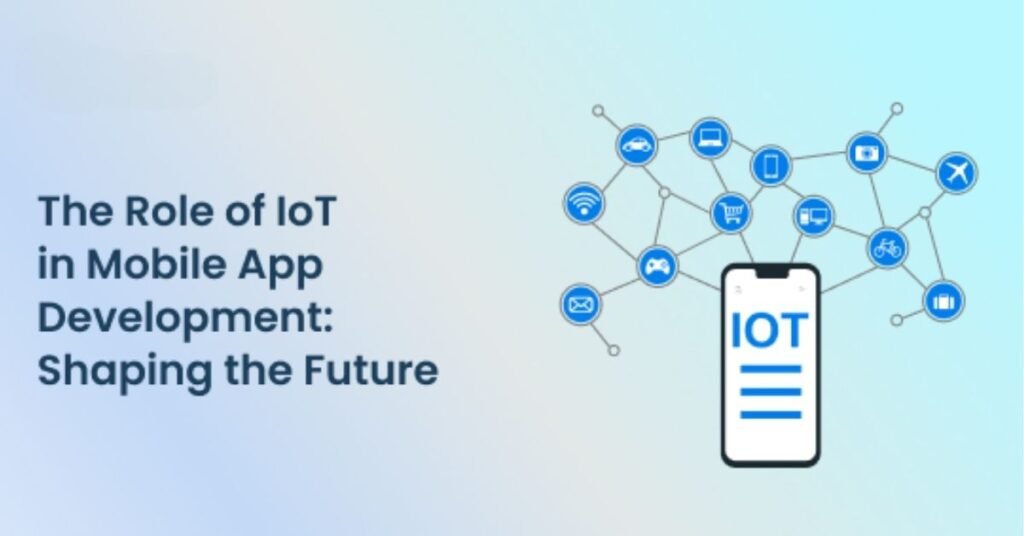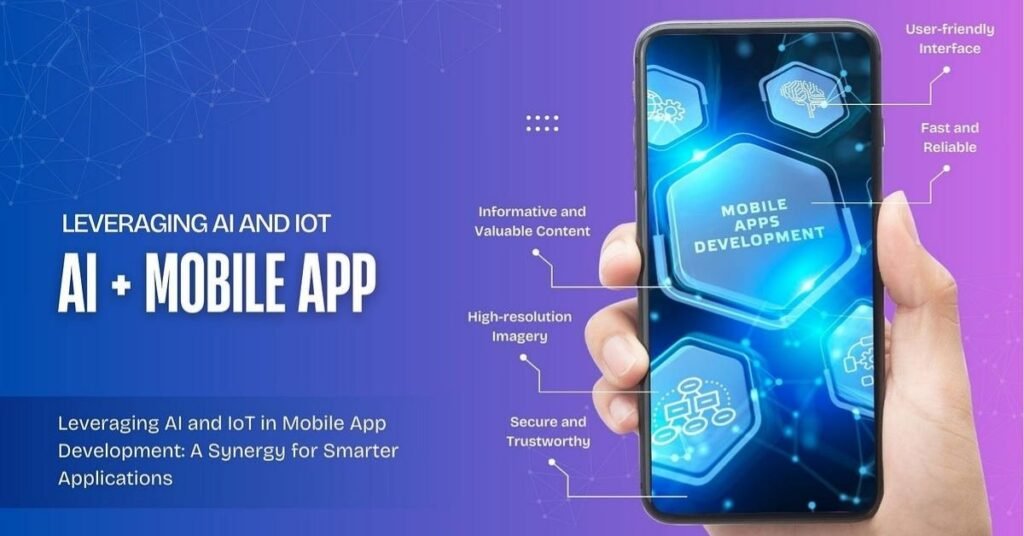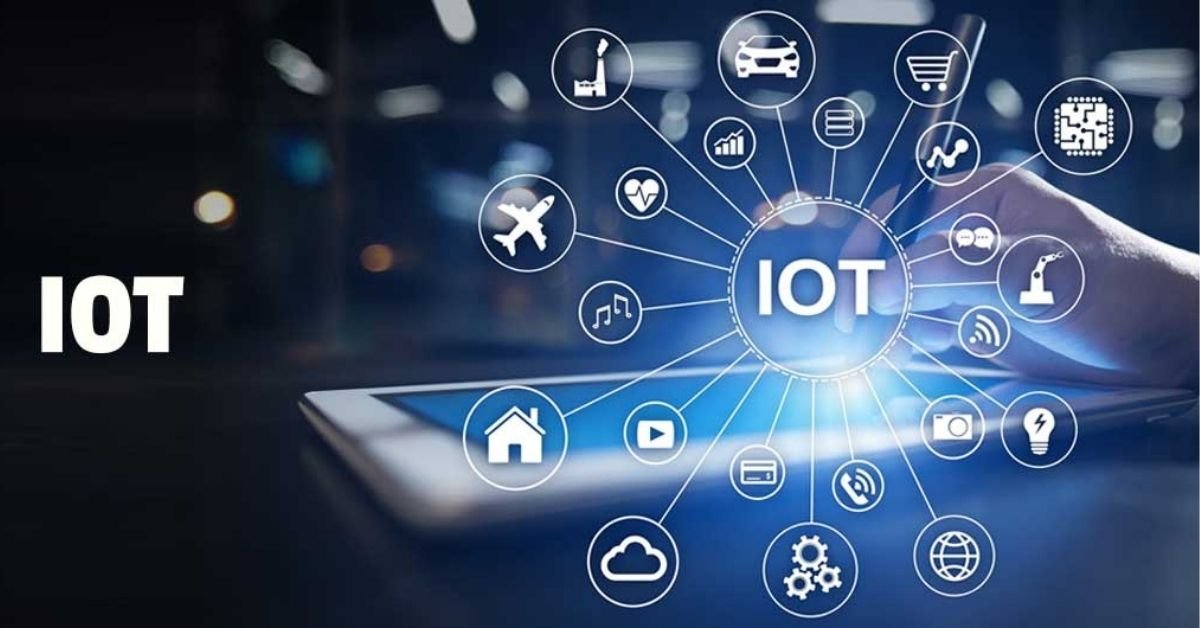In 2025, IoT Mobile App Integration is revolutionizing how we interact with the world, turning smartphones into powerful hubs for controlling smart devices, optimizing resources, and enhancing daily life.
By seamlessly connecting mobile apps with Internet of Things (IoT) ecosystems, this technology is driving innovation across industries, from smart homes to healthcare and urban planning.
With global IoT spending reaching $805.7 billion in 2023 and projected to surpass $1 trillion by 2026, IoT Mobile App Integration is reshaping the digital landscape, offering unparalleled convenience and efficiency.
Innovations Powering IoT Mobile App Integration
IoT Mobile App Integration hinges on advanced technologies that enable seamless communication between mobile apps and IoT devices.
Key innovations include AI-driven data analytics, which process real-time sensor data to deliver personalized user experiences, and 5G connectivity, which ensures low-latency, high-speed interactions.
Platforms like Blynk and ThingsBoard offer low-code solutions, allowing developers to create drag-and-drop interfaces for managing devices like smart thermostats or wearables.

Connectivity protocols such as MQTT, LoRaWAN, and Bluetooth enable apps to interact with diverse hardware, from Arduino sensors to industrial machinery.
Edge computing further enhances efficiency by processing data locally, reducing cloud dependency, and boosting response times by up to 40%, according to industry reports.
Real-World Applications and Leading Players
IoT Mobile App Integration is transforming industries with practical applications. In smart homes, Google’s Nest app lets users control thermostats and security cameras remotely, saving 10-15% on energy costs.
In healthcare, Fitbit’s app integrates with wearables to track heart rate and sleep patterns, empowering users with personalized health insights.
Chattanooga, Tennessee, uses a smart grid app to monitor electricity infrastructure, reducing outages and saving millions annually.
Leading companies like Amazon (AWS IoT), Google, and startups like Appinventiv are driving adoption. Appinventiv, for instance, developed a financial literacy app with IoT integration, enhancing user engagement through real-time data.
In India, React Native developers are creating cross-platform IoT apps, leveraging local talent to keep costs 20-50% lower than Western markets.
Benefits for Users and Businesses
The rise of IoT Mobile App Integration delivers significant advantages. For users, apps provide centralized control over devices, from smart lights to fitness trackers, improving convenience and personalization.
Real-time data access enables proactive decisions, like adjusting home temperatures for efficiency or monitoring health metrics. Businesses benefit from enhanced productivity and cost savings.
IoT apps streamline operations, cutting maintenance costs by up to 30% in industries like manufacturing. Data analytics from IoT devices offer insights into consumer behavior, enabling tailored services and boosting customer loyalty.
For example, Progressive’s Snapshot app uses IoT telematics to reward safe drivers with lower insurance premiums, fostering engagement.
Market Trends and Industry Momentum
The IoT Mobile App Integration market is booming, with the global IoT market projected to grow from $714.48 billion in 2024 to $4.06 trillion by 2032.
The mobile app market, driven by IoT and AI, is expected to grow by $2.63 trillion from 2025 to 2029. 5G’s rollout is a key catalyst, enabling faster data transfer and supporting complex applications like smart city management.
Companies like Verizon are integrating 5G into IoT solutions, such as Honeywell’s smart meters, to enhance energy management.
Low-code platforms like Blynk are democratizing development, with over 1 million engineers in 136 countries building IoT apps. This surge reflects growing demand for connected solutions across smart homes, healthcare, and logistics.
Challenges and Considerations
Despite its potential, IoT Mobile App Integration faces hurdles. Security is a major concern, with 2024 seeing a 30% rise in IoT-related cyberattacks.
Robust encryption and authentication are critical to protect sensitive data, like health metrics or home security feeds.
Compatibility issues arise from platform fragmentation, as devices from different manufacturers often use proprietary protocols, complicating integration.
Development costs can increase by 20-50% due to specialized hardware and testing needs. In regions like rural U.S., limited 5G infrastructure hinders scalability. Addressing these challenges requires standardized protocols, enhanced cybersecurity, and equitable access to connectivity.

Expert Insights on the Future
Experts are optimistic about IoT Mobile App Integration. “IoT apps are the bridge between physical devices and digital convenience, but security and interoperability are critical for mass adoption,” says Michael Karlsen, co-founder of Onomondo.
Dr. Priya Sharma, a tech innovation professor at Stanford, adds, “The synergy of AI, 5G, and IoT will drive smarter, predictive apps, but we must ensure inclusivity across markets.”
Analysts predict that by 2030, 60% of mobile apps will incorporate IoT features, transforming industries like healthcare and smart cities.
However, experts stress the need for regulatory frameworks to address privacy and job displacement risks from automation.
A Connected Future Unfolds
The rise of IoT Mobile App Integration is ushering in a new era of connectivity, where smartphones empower users to control and optimize their environments with ease.
From energy-saving smart grids to health-monitoring wearables, this technology is enhancing efficiency and quality of life.
While challenges like security and compatibility persist, the momentum behind IoT Mobile App Integration, fueled by 5G, AI, and innovative platforms, promises a future where connected devices are seamlessly woven into daily life.
As companies and developers continue to innovate, this technology is set to redefine how we live, work, and interact with the world around us.
The future of lab ops isn’t tied to a desk. LabVantage Mobile App IoT delivers: offline data capture, IoT integration, AI automation, voice workflows & compliance, no matter where you are.
— LabVantage Solutions (@labvantage) August 12, 2025
📄 Download the whitepaper: https://t.co/cjKGeNAcST#LabVantage #LIMS #SmartLabs #IoT #AI pic.twitter.com/d1OtUH3I3d
Also Read: Google Android Verification Shift 2025: Aligns with Apple Security

Abdul Basit is a US-based tech writer who covers Apple innovations, Tesla’s EV growth, AI breakthroughs, smartphone trends, and app reviews for global readers.
